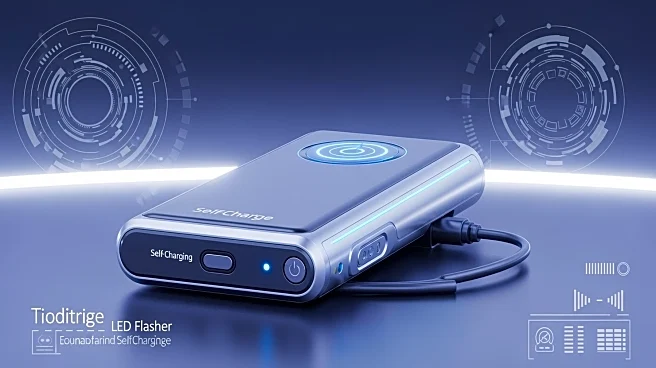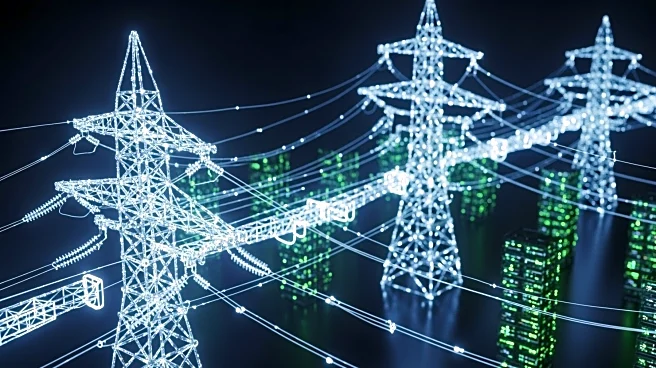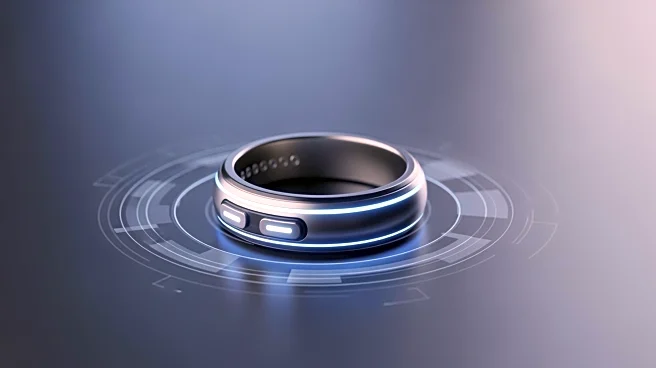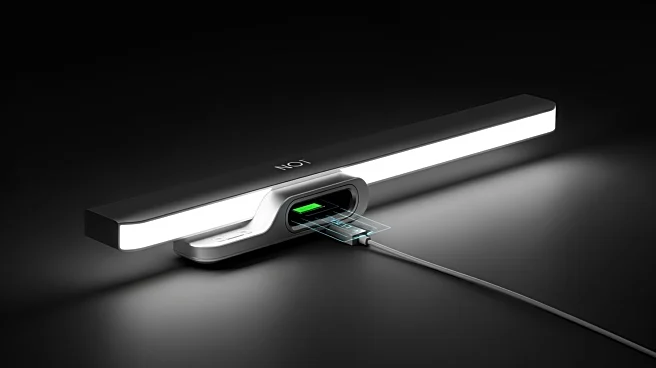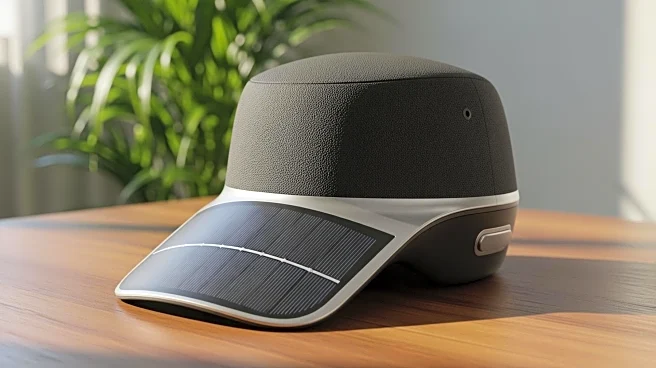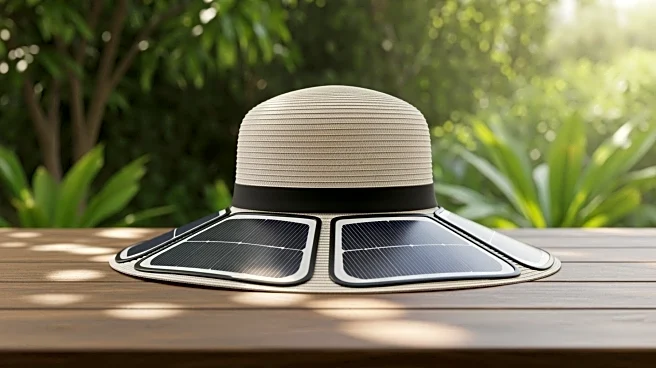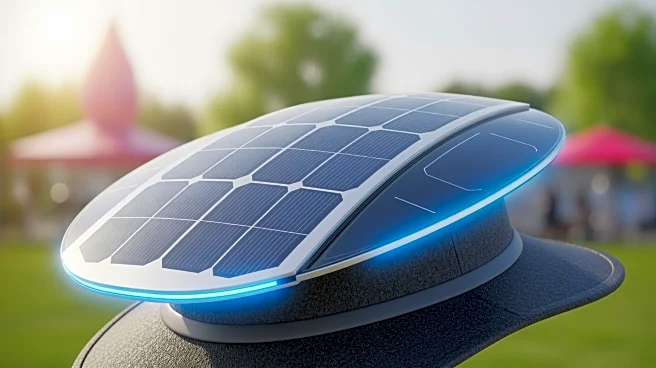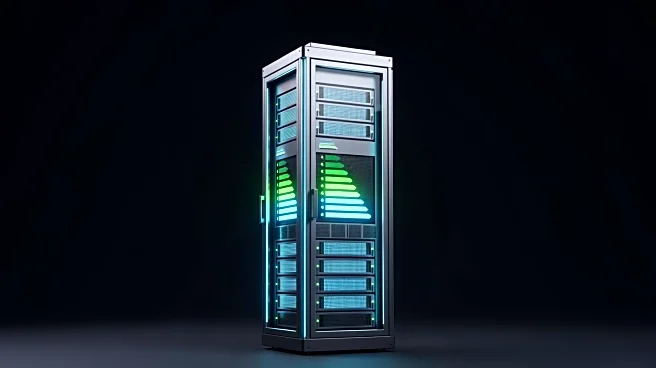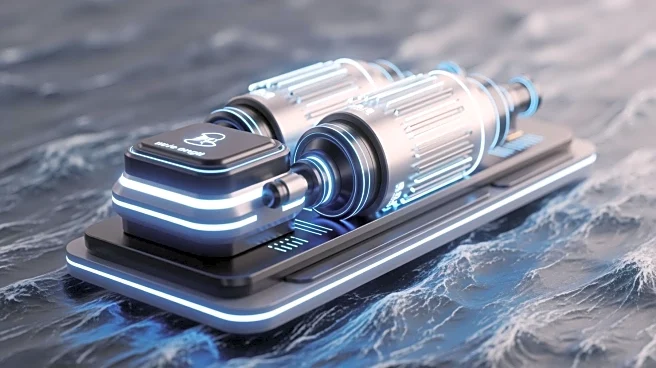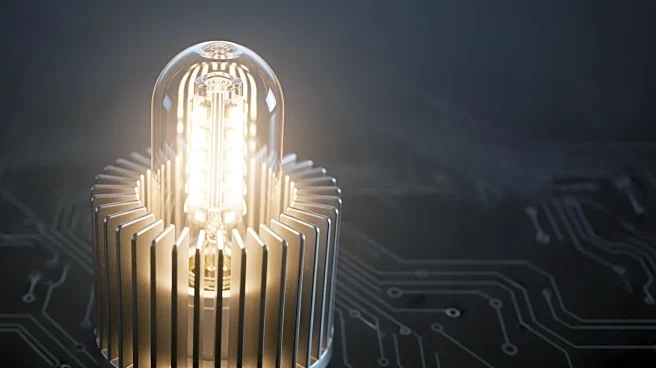What's Happening?
The Component Abuse Challenge has featured an innovative entry by Burkhard Kainka, a self-charging LED flasher. This device operates without a battery, utilizing ambient light to power an LED. The design, a minimalist re-build by Tito, functions by using
the LED as a small solar cell. When the switch is open, the LED draws power from ambient light, storing it in capacitors. This stored energy is then released to flash the LED when the switch is closed. The project highlights a clever use of minimal components to achieve a self-sustaining electronic function. The challenge encourages creative uses of electronic components, and Kainka's design exemplifies this by demonstrating how simple components can be used innovatively.
Why It's Important?
This development is significant as it showcases the potential for sustainable and energy-efficient electronic designs. By eliminating the need for a battery, the self-charging LED flasher reduces electronic waste and demonstrates a step towards more environmentally friendly technology. Such innovations can inspire further research and development in the field of sustainable electronics, potentially influencing industries focused on reducing their carbon footprint. The project also serves as an educational tool, illustrating fundamental principles of electronics and renewable energy to hobbyists and students, thereby fostering a culture of innovation and sustainability.
What's Next?
The success of the self-charging LED flasher could lead to further exploration of battery-free electronic devices. As interest in sustainable technology grows, similar projects may gain traction, encouraging more inventors to participate in challenges like the Component Abuse Challenge. This could result in a broader range of applications for self-powered devices, potentially influencing consumer electronics and industrial applications. Additionally, the project may inspire educational institutions to incorporate such practical experiments into their curricula, promoting hands-on learning in electronics and renewable energy.
Beyond the Headlines
The self-charging LED flasher raises questions about the future of electronic design, particularly in terms of sustainability and resource efficiency. It challenges traditional notions of power consumption in electronics, suggesting that even small-scale innovations can contribute to larger environmental goals. This project also highlights the importance of creativity and experimentation in technological advancement, encouraging a shift towards more sustainable practices in the tech industry. As awareness of environmental issues grows, such innovations could play a crucial role in shaping future technological landscapes.
